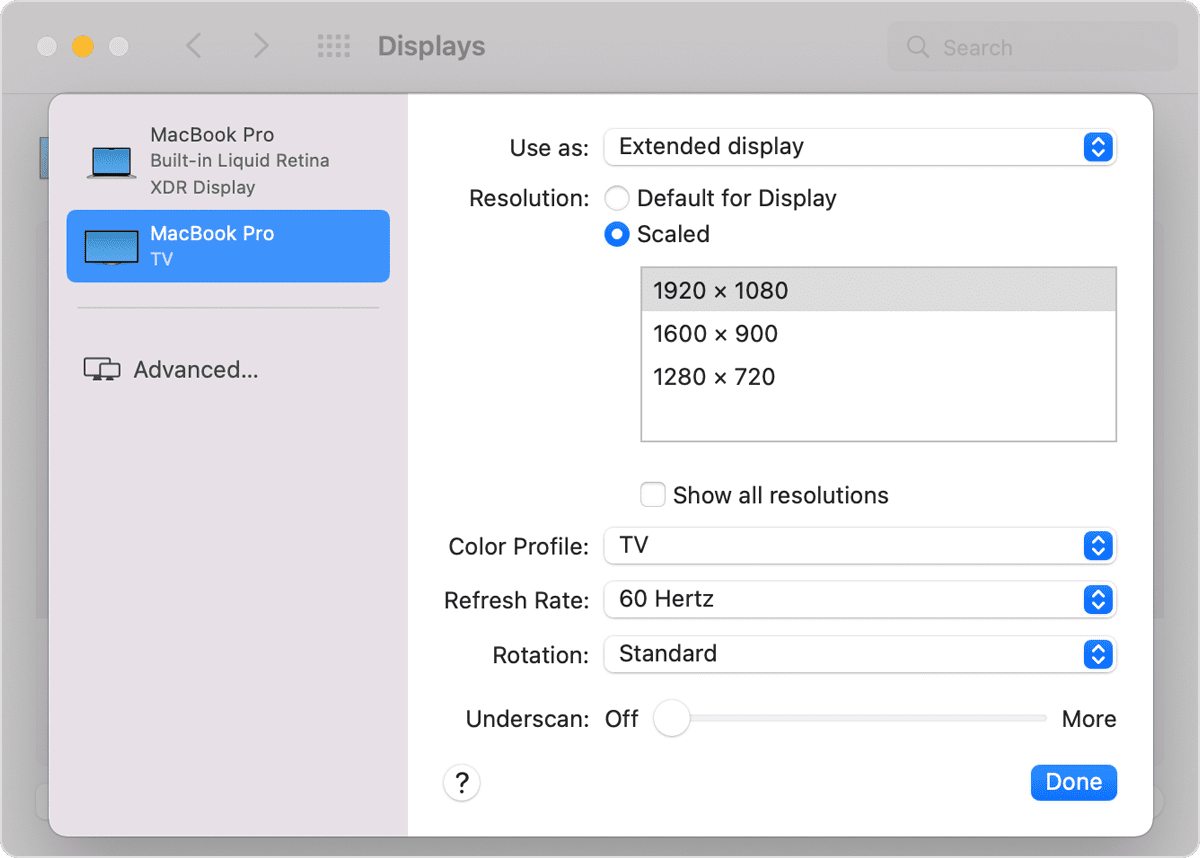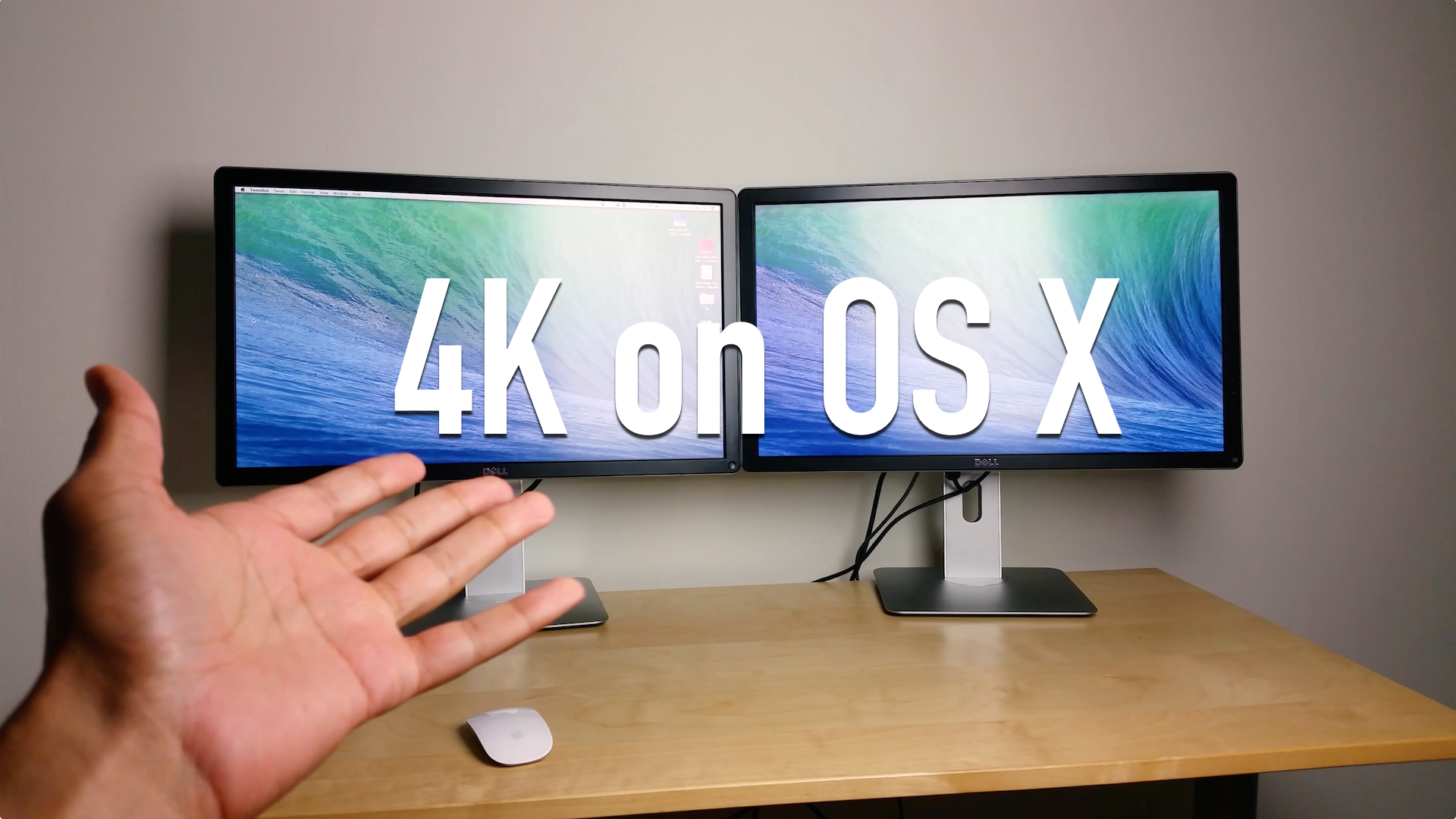

HDR10 compatible for hugely dynamic colors. 3840×2160 resolution captures every detail. Connectivity: USB Type-C 3.0, DisplayPort 1.2 HDMI 2.0 x2. It has a little bit of everything for everyone - HDR10, excellent clarity, and FreeSync for great gaming - all at a very reasonable price. With that in mind, we believe that the LG 27UK850-W 27″ 4K UHD IPS Monitor is the best value monitor for its price. Some people don’t like shopping, and others just want to know what will give them the best value for their money. Hey, we get it - not everyone has the time to peruse a long list looking for the absolute best monitor. Editor’s Pick: LG 27UK850-W 27″ 4K UHD IPS Monitor To make a long story short, both will reduce ‘screen tearing’ when you are gaming or watching video, which looks like this:īoth technologies can tax your graphics cards, but do provide a better gaming experience during fast paced action. If you’re plugging into a PC, DisplayPort is a better option.įreeSync and G-Sync are graphics/gaming technologies created by AMD and Nvidia, respectively. If you want 4k 60hz when you’re plugging into your gaming console, HDMI 2.0 is what you want. 
Ultrawide monitors are more expensive, as they pack more pixels in the horizontal aspect of the monitor.įind out what monitor connections your computer has, and make sure the 4K monitor you’re looking at is compatible. Most monitors are a 16:9 ratio, but there are also ultra wide monitors that have a ratio of 21:9. The aspect ratio is how wide your 4K screen is compared to how tall it is. Unless you really want to do hyper-competitive fast paced gaming, 30-60hz will do just fine. Be warned though, the higher the refresh rate, the (much) more expensive the 4K monitor. Some very, very high end 4K monitors can be 144hz, which means very good performance in terms of reducing blurring for gaming and video.

This is okay for general use, but will not be good at all for gaming, as there will be too much blurring. Most 4k monitors will be around 30hz, which means the monitor refreshes 30 times per second. You can think of refresh rate as how much blur there is when something moves fast across your 4K screen. If you really value colour reproduction, and don’t really play games too much, go for the IPS panel. So basically, if you’re on a budget or love hardcore, fast paced gaming, go for a TN panel.
VA Panel - gives even better color reproduction than IPS, but even higher latency. On the other hand it has excellent color reproduction. They have high latency, which means you might not see all of the fast paced action if you’re a competitive gamer. IPS (PLS is also similar) Panel - are basically the reverse of TN panels. On the down side, the colors aren’t as vibrant, and sometimes the colors ‘shift’ if you’re looking at the monitor from a different angle. They provide very low input latency, which means if you like to play fast-paced games, the signal from your controller will reach your eyes much faster. TN Panel - these are usually the most common, as they are the cheapest to manufacture. The panel describes the way in which the screen shows it’s image. It’s probably best to go into a store to do some window shopping for this, because you’ll be surprised at how much more ‘stuff’ you can show on a 4k monitor. How big is your desk? How far away will you be sitting from your monitor? A 27 to 32 inch screen size seems to be the industry norm at the moment and all the best standing desks can easily fit a pair of these, but you can find different size screens to suit your needs. Let’s make a quick breakdown of what everything means, so you can decide whether it’s important to you. Despite the potential technobabble, those specs and numbers are really just covering a few aspects of the monitors you’ll want to consider. When you first start looking at computer monitors, you’re likely to see a whole lot of specs and numbers that are no doubt confusing. #4k monitor mac pro 2013 not showing up full#
When we talk about computer monitors, it’s ever so slightly different in the pixel count - the standard aspect ratio for 4K technology is (3840×2160) - but in essence it’s still four times more pixels than Full HD/1080p. With approximately twice the vertical and horizontal pixels of 1080p, 4K media has effectively four times more pixels than full HD television. Those bolded numbers should make sense when you match them up.ĤK generally has an aspect ratio of (4096×2160) and is considered ultra-high-definition, or UHD.

High-definition (1280×720) was known as 720p, and when Full HD came along (1920×1080) came, that was also known as 1080p. The term ‘4K’ refers to the horizontal dimensions of the resolution on a screen.








 0 kommentar(er)
0 kommentar(er)
